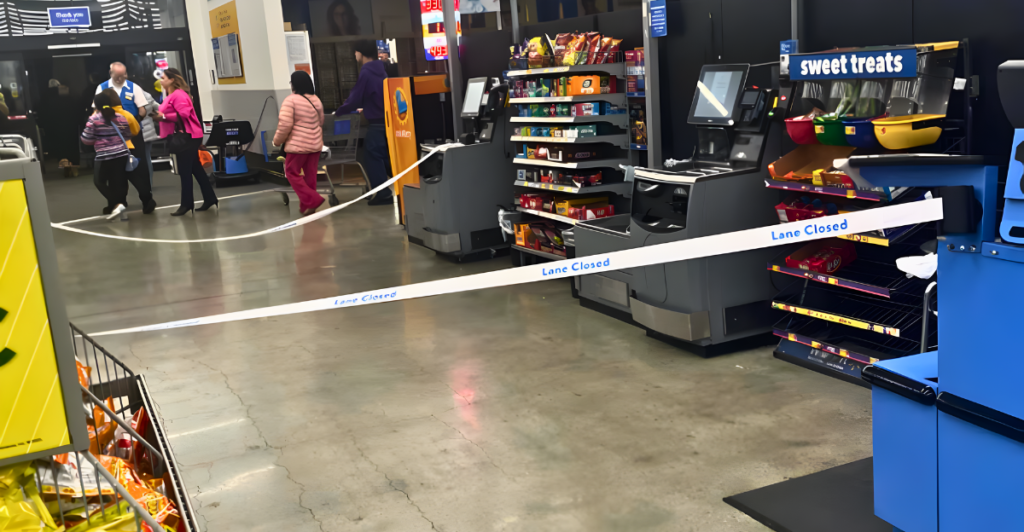
Self-checkout systems were once thought to be the future of the “shopping experience,” but they are disappearing as quickly as they were developed in some of the country’s most influential retailers.
Chains like Sam’s Club, Kroger, and Dollar General marketed self-checkout as a win-win by reprioritizing employee labor while empowering consumers. In the last three years, retailers around the United States have been quietly removing self-checkout kiosks, citing vague “operational shifts.”
However, a more uncomfortable truth may be behind the removal of kiosks amid an epidemic of petty theft. This phase-out signals a collapse of trust in shopper autonomy.
The History Of Self-Checkout
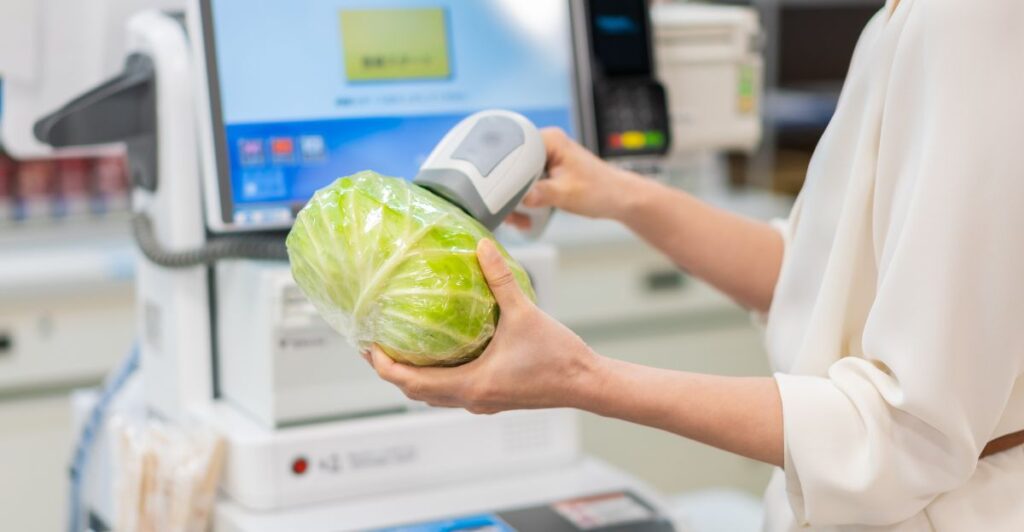
Self-checkout systems started much earlier than many people realize, with Kroger’s clumsy prototypes in 1986. Over the last forty years, they have become a $5 billion industry.
Early systems indicated that labor costs could go down by as much as 30%, with Walmart having over 10,000 kiosks by 2018. Amazon tried their hand at a self-checkout system called “Just Walk Out” that should have solved shoplifting concerns, but the factors at play were more complex than the company realized.
The 2020s saw 72% of retailers adopt some form of self-checkout, but saw a huge increase in “shrink” (inventory loss due to theft).
Motivations
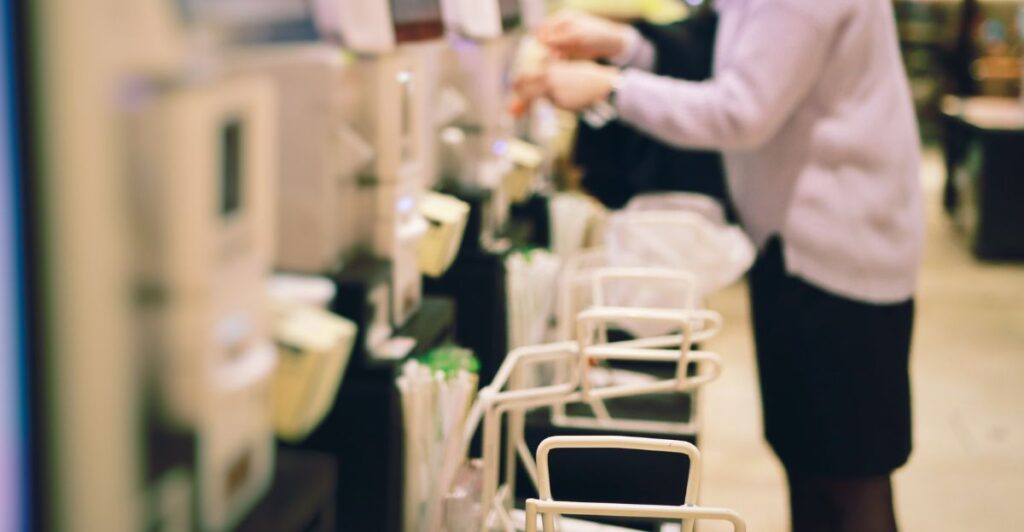
Many retailers wanted to adopt self-checkout systems for their interests, lowering labor costs and reprioritizing their workforce. One self-checkout kiosk could replace two to three cashiers, saving more than $100,000 every year per store.
This should have been the start of a new innovative system, but by 2024, more than half of retail chains reported higher losses from theft and scanning errors.
Target’s data shows that self-checkout systems had four times the shrinkage of traditional cashier checkouts. The efficiency that many retailers had invested in had an unavoidable tax.
A Temptation Too High
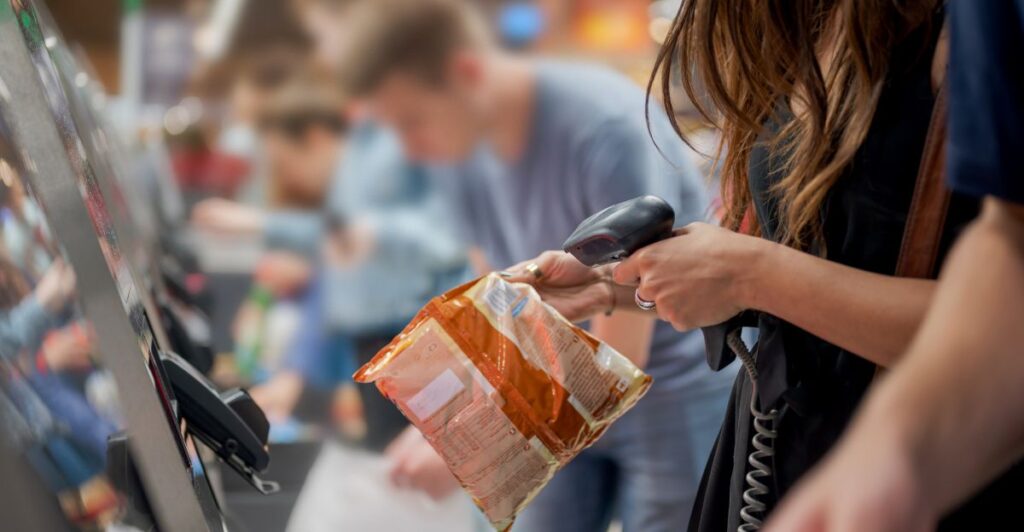
A study from the University of Leicester highlights some important data about the temptations of theft for shoppers.
One in seven shoppers who would never consider theft at a traditional checkout admitted to turning into occasional offenders, while nearly half of the people in the study reported having accidentally forgotten to scan items in the past.
22% also rationalized theft, saying that they were “balancing corporate greed.” This study showcases how if petty theft is easier, people may feel too tempted if they think they can get away with it.
Technological Limitations
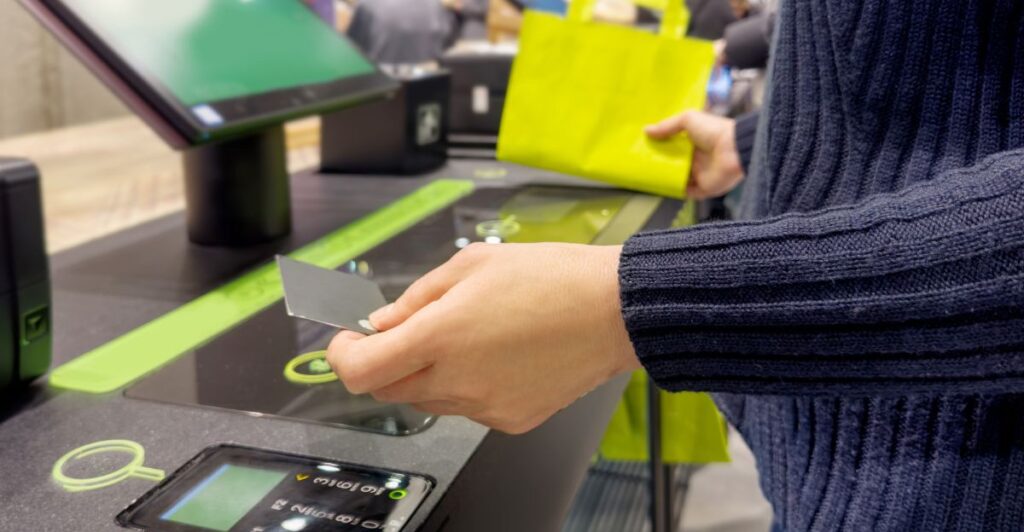
While systems like weight sensors and AI cameras were introduced to catch petty theft, consumers were far less predictable than retailers thought, making this a complex issue.
A Grabango study exposed “banana trick” scams in which consumers tagged ribeyes worth $50 as produce that only cost a few cents. On the other hand, self-checkout kiosks can create a frustrating experience for consumers, causing them to force-scan items or just walk out, justifying nonpayment because of a glitchy system.
These factors all contribute to retailers’ revenue losses after they invest millions to save money.
Economic Impact

Self-checkout theft drains $10 billion from retailers across the United States every year, which is the GDP equivalent of Malta. A staggering 3.5% of money processed through a self-checkout system vanishes through shrinkage.
Comparing this figure to just 0.21% of traditional kiosks shows a clear problem that had to be solved. Illinois and Oregon are high-theft states, where retail loss exceeds 5% of revenue, which in turn makes retailers increase prices by up to 3% just to compensate.
This increase in prices hits honest shoppers the hardest, and self-checkout systems could see the same effect.
Urbanization Factor
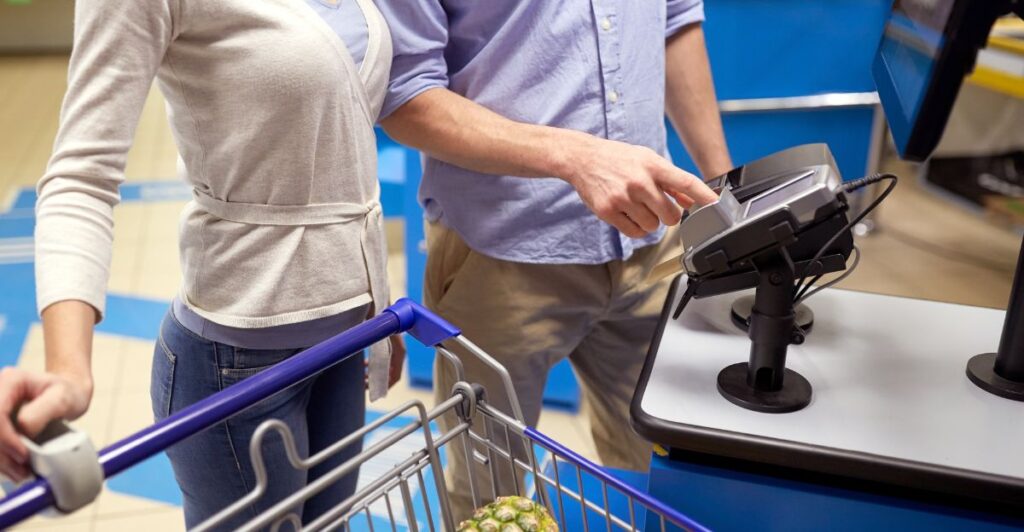
To further complicate the issue, cities have become ground zeroes for self-checkout fraud. New York bodegas reported that 35% of non-cash transactions involved stolen credit cards or collusion between shoppers and employees.
There are organized rings in Chicago that have used self-checkouts to launder millions of dollars in stolen goods through refund scams. These examples showcase how easy it is to exploit a flawed system.
Urban stores saw a shrinkage four times higher than suburban locations. Union Square in San Francisco reported losses of nearly 9%, the highest in the nation.
The Uncomfortable Truth
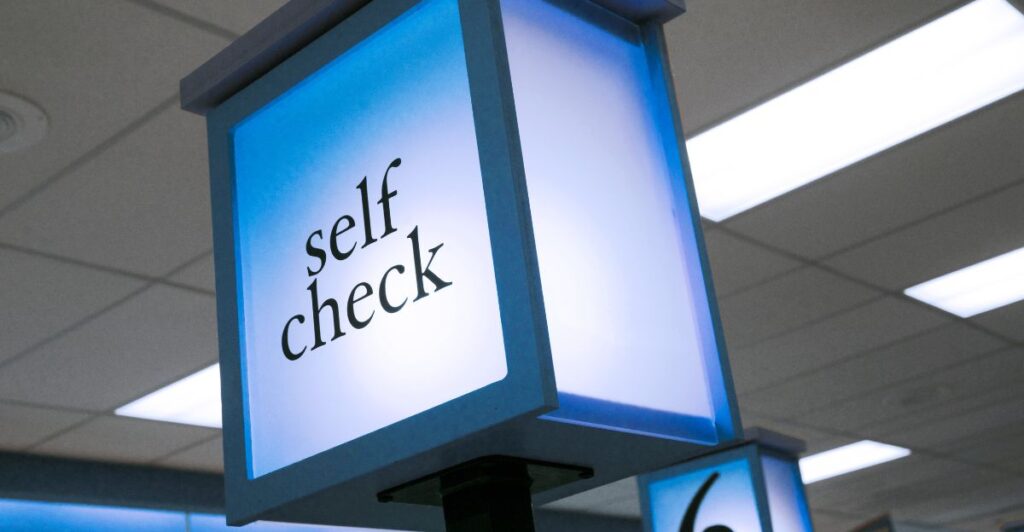
The uncomfortable truth is that self-checkouts’ downfall is a proxy war against systemic theft, hurting honest consumers who valued the system. Retailers avoid blaming the “crime” aspect, which is most likely to dodge PR nightmares.
Walgreens’ 2023 “Store Optimizations” closures masked nearly a billion dollars in losses through theft. Internal memos can shed more light on this issue. 83% of phased-out self-checkout systems correlate directly with regional theft data.
Many communities don’t prosecute retail theft, which can lead retailers to upping their costs, and perhaps even rethinking their models, contributing to the self-checkout system being phased out from so many stores.
Industry Response
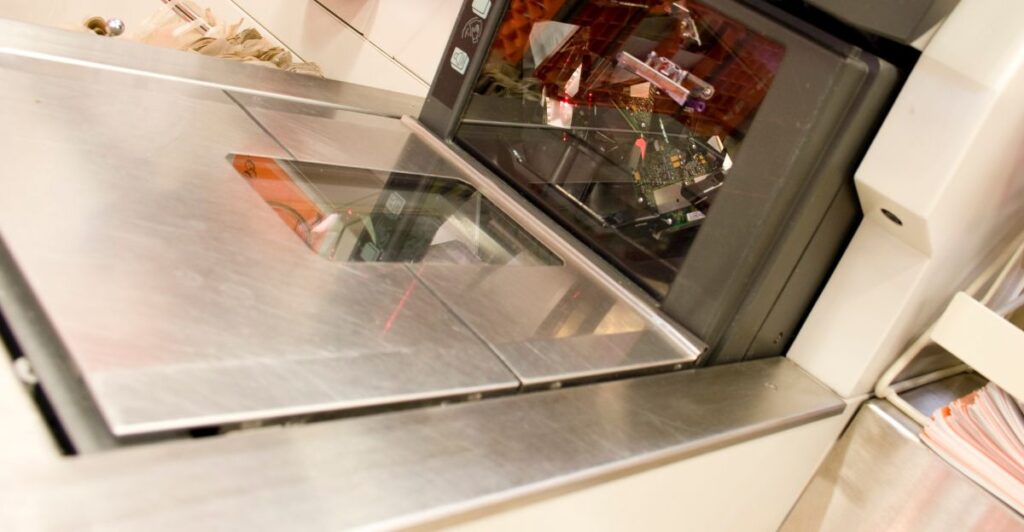
Some retailers have started to employ a number of anti-theft countermeasures at checkouts akin to TSA checkpoints. Sam’s Club uses “Member Insights,” which uses facial recognition to recognize repeat offenders even across all 160 of their locations.
Costco-style gates are now appearing at Walmart, with Evolv AI verifying purchases with real-time cart scans. Kroger’s SmartCart is eliminating the need for scanning by using Pricer RFID tags, which automatically charge carts.
These industry responses to theft are three times more than traditional checkouts. It highlighted the problem that petty theft is having in both consumer convenience and retail innovations.
Convenience Outpacing Ethics

Self-checkout is an innovative idea to save retailers money and give consumers more convenience in their shopping experience, but in reality, the convenience outpaces the ethics of consumers enough for retailers to have to rethink these systems.
Retailers are pivoting to biometric tracking and closed-loop payment systems, this could be the start of a new era, one where your identity becomes your way of paying. These factors will not only change the way consumers shop, but potentially their lifestyle habits as well.
Only the future will show us how we will do our daily grocery shops and how invasive retailers may make it in order to mitigate shrinkage.
Discover more trending stories and Follow us to keep inspiration flowing to your feed!

Craving more home and lifestyle inspiration? Hit Follow to keep the creativity flowing, and let us know your thoughts in the comments below!
